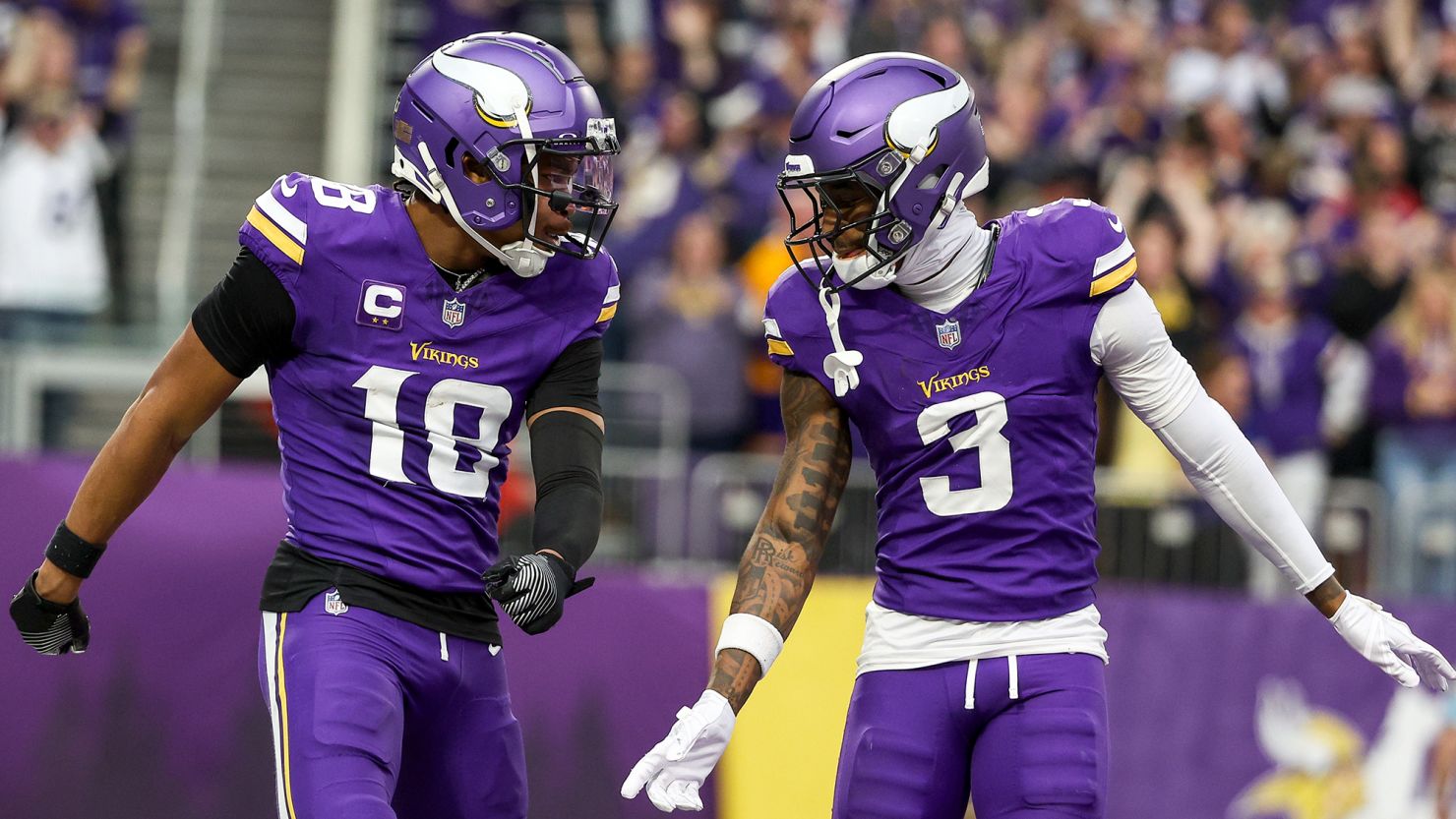Major League Baseball has released its 2025 season numbers — and the message is clear: baseball is booming again.
The league confirmed that national TV audiences grew across all three of its major broadcast partners — ESPN, Fox, and TBS — alongside a third straight year of rising attendance, something MLB hasn’t seen in nearly two decades.
A Television Revival
The standout figure came from ESPN’s Sunday Night Baseball, which posted a 21% year-over-year increase, averaging 1.8 million viewers per game — the show’s best numbers since 2012. The series, which has been a cornerstone of ESPN’s coverage for nearly 40 years, is set to move to NBC in 2026, giving the property even greater national visibility.
Other networks also saw gains:
- Fox averaged 2.04 million viewers, up 9% from 2024.
- TBS jumped 29%, averaging 462,000 viewers.
The gains come in part due to Nielsen’s updated ratings methodology, which now incorporates a wider set of modern devices in its measurement, but MLB also credits its stars and rule changes for the growth.
Shorter Games, Bigger Stars
Baseball’s pitch clock — introduced three seasons ago — has successfully shortened game times without sacrificing excitement. The average game lasted two hours, 38 minutes in 2025, marking the third consecutive season under 2:40. For context, as recently as 2021, nearly 400 games stretched beyond 3:30; this year, only three did.
The sport also benefitted from its most marketable talent in years:
- Shohei Ohtani crushed 50 home runs.
- Aaron Judge claimed his first AL batting title.
- Cal Raleigh smashed 49 of his 60 home runs as a catcher, setting a new positional record.
- Paul Skenes, with a 1.97 ERA, became the first pitcher since Dwight Gooden in 1985 to post an ERA below 2.00 at age 23.
Meanwhile, seven players recorded 30 home runs and 30 stolen bases — a single-season record that highlights the league’s shift toward a faster, more dynamic style of play.
Scheduling and Market Reach
The balanced schedule, introduced in 2022, has also played a role in boosting appeal. Every team now plays every other team at least once per season, guaranteeing marquee matchups — such as the Yankees versus Dodgers — that drive ratings and national interest.
Challenges Still Loom
Despite the surge in popularity, not all is smooth sailing:
- The Cleveland Guardians’ gambling scandal has drawn unwelcome headlines.
- Fans continue to face ticketing scams that undermine trust.
- The MLB Speedway Classic — a special league event — struggled with operational issues.
- And perhaps most concerning, industry insiders fear that another labor lockout could be less than a year away, with tensions already building.
Attendance Keeps Rising
On the positive side, attendance has now risen for three consecutive seasons, topping 71.4 million fans in 2025. That’s the first time MLB has recorded three years of growth since 2005–07. While attendance figures represent tickets sold rather than actual turnstile counts, the trend suggests renewed momentum in getting fans back into ballparks.
The Bigger Picture
Baseball appears to be rediscovering its rhythm in a crowded sports marketplace. Faster games, bigger stars, and broader reach through balanced scheduling have helped MLB recapture attention from younger and more casual fans.
The question now is whether the league can turn this growth into sustained stability — especially with a potential lockout looming. If it can avoid labor disputes and strengthen fan trust, MLB may be entering its most commercially powerful era in decades.
Don’t Just Watch Sport, Understand It. Join the 365247 Newsletter for daily insights
For brands, agencies and services
IMAGE: Getty Images


